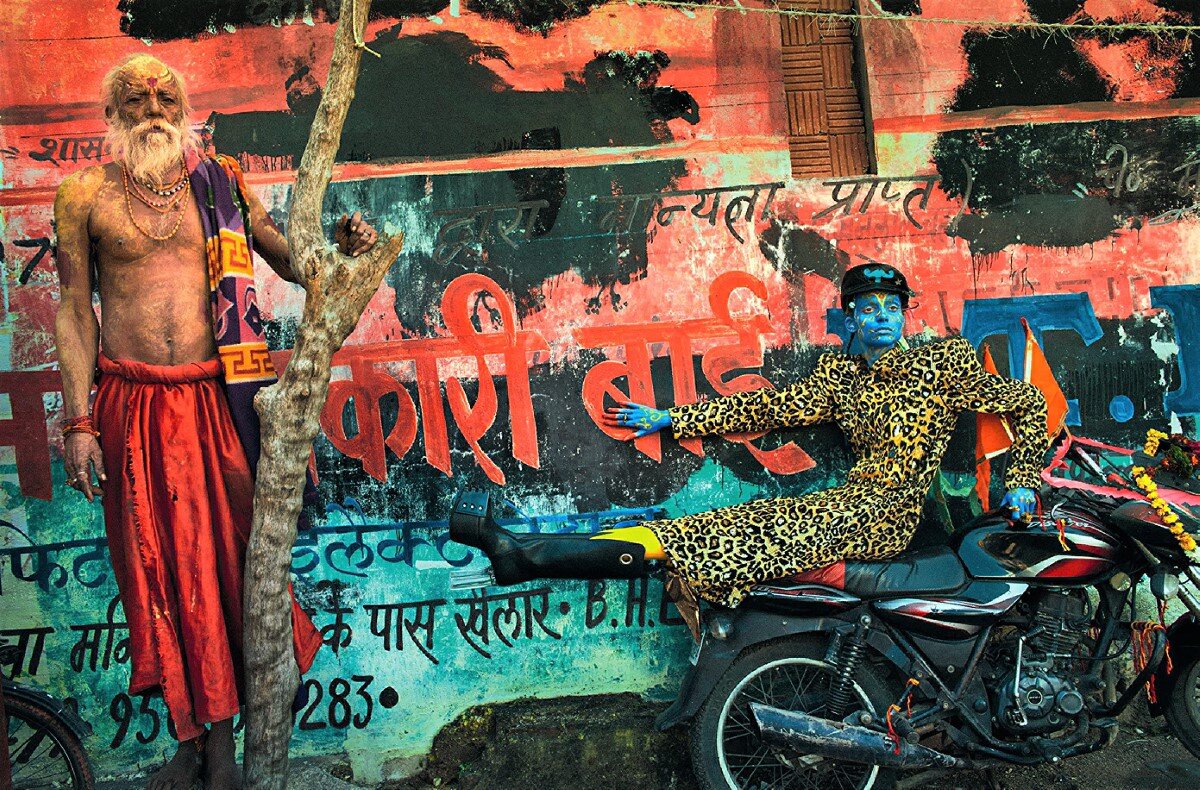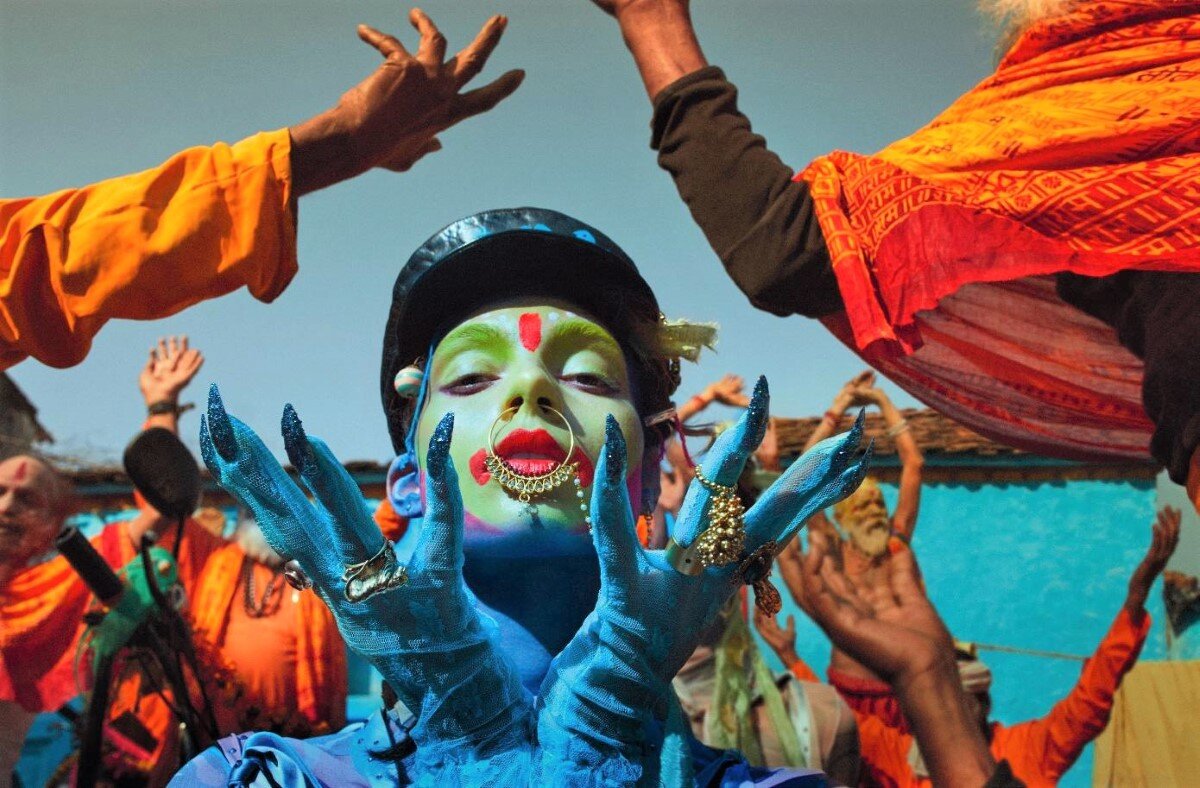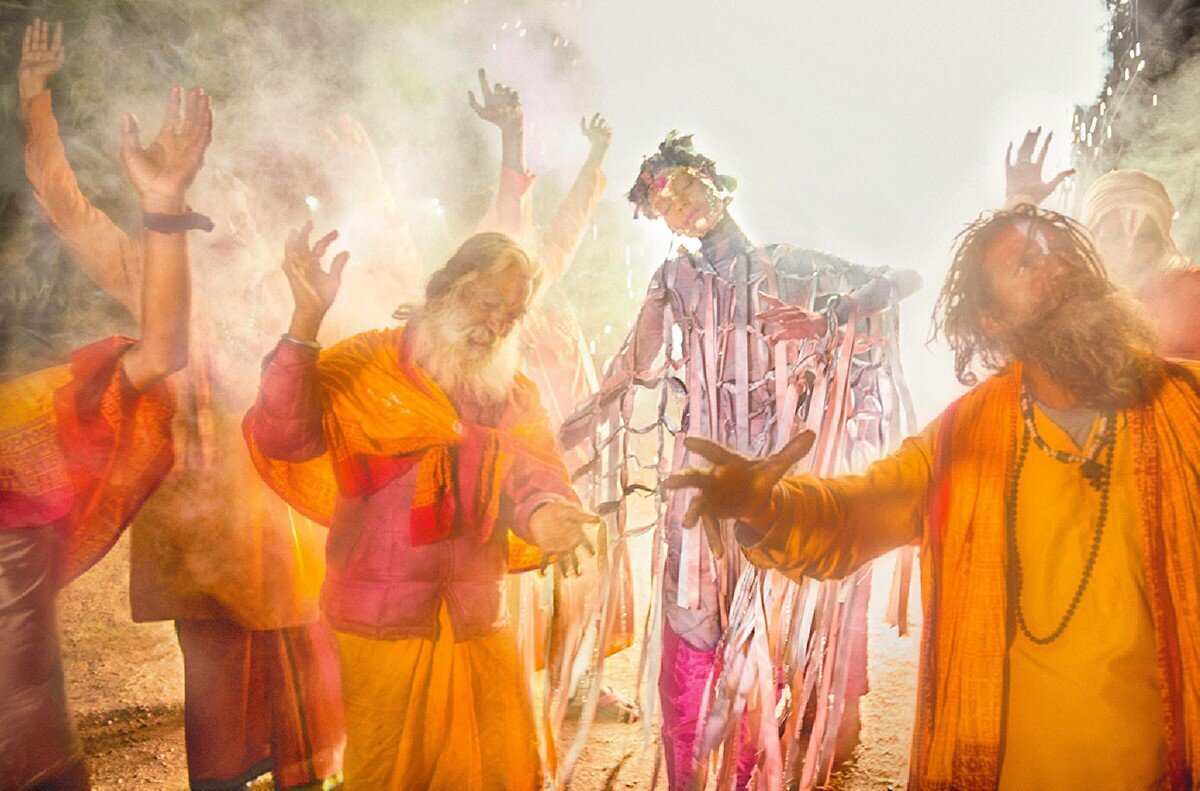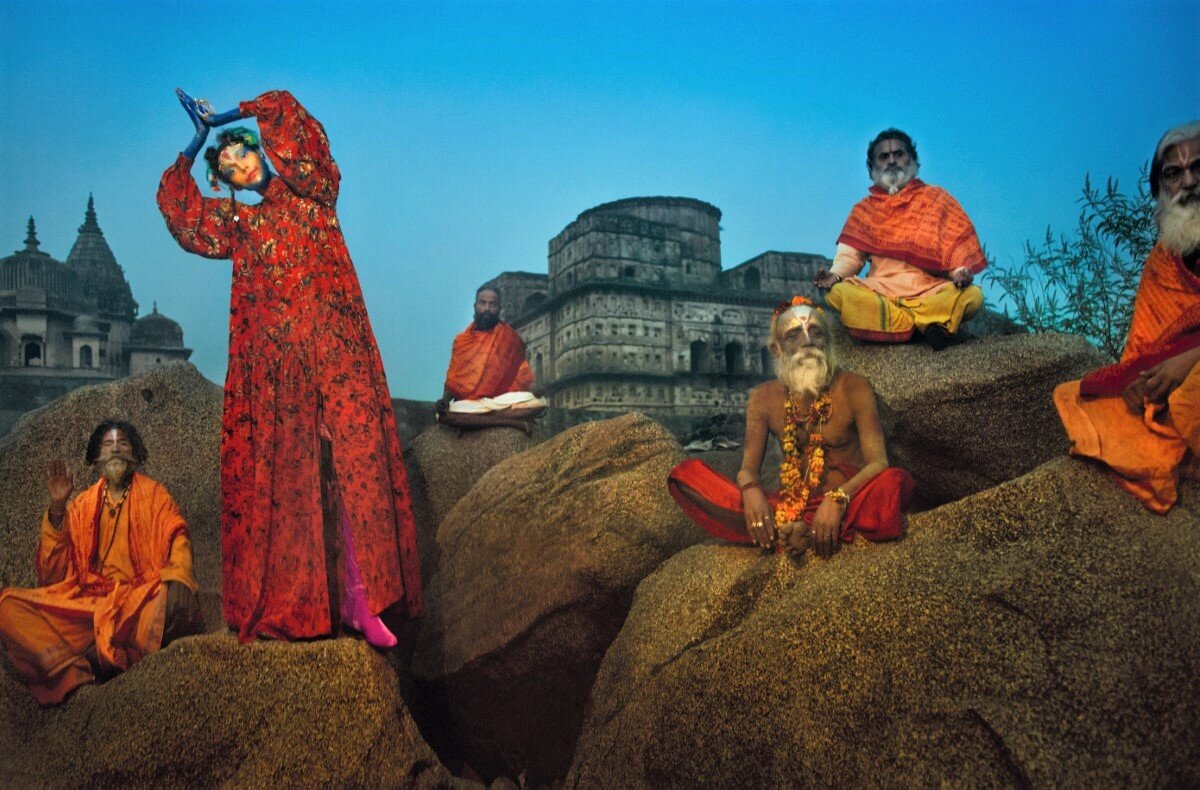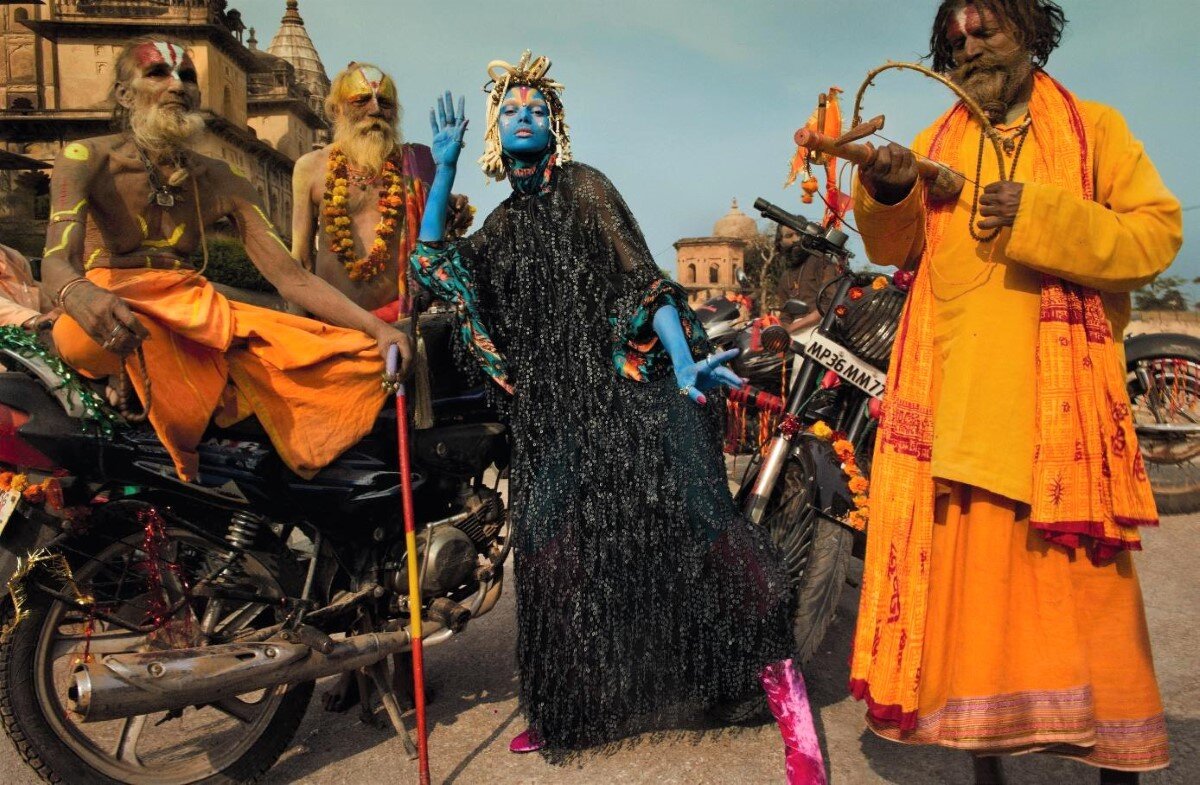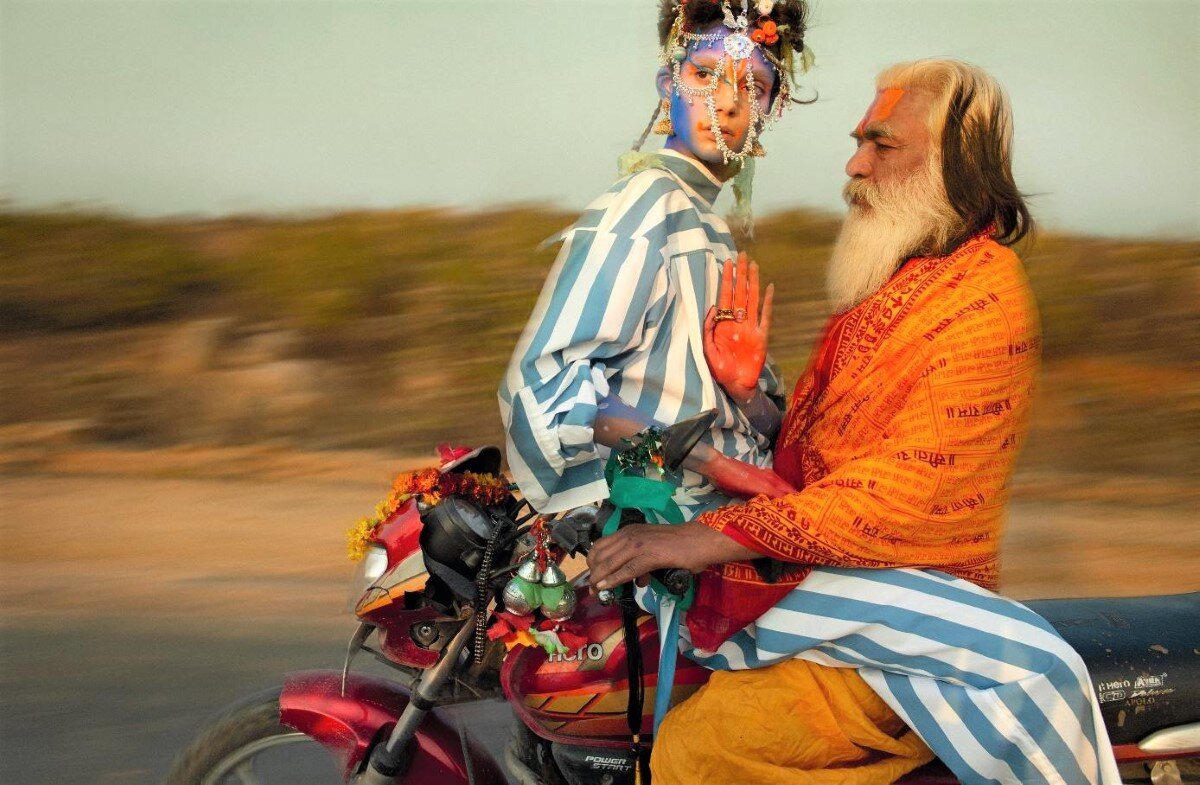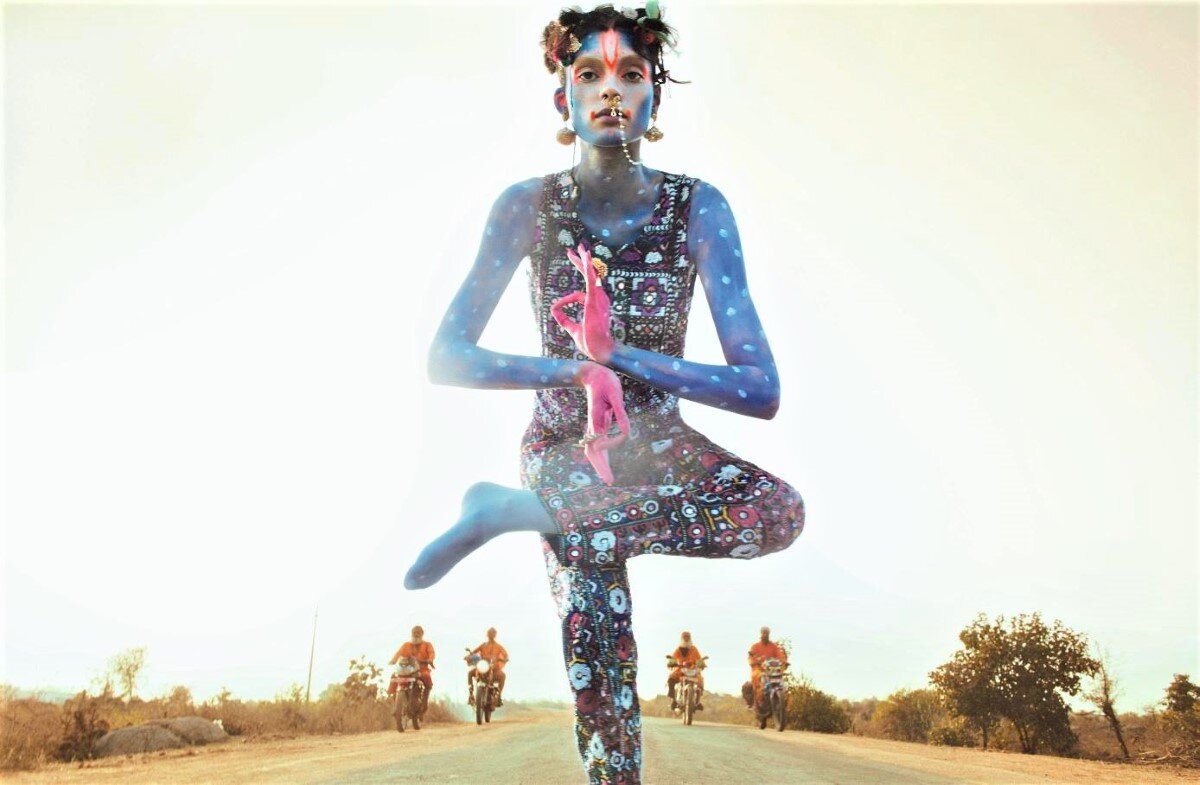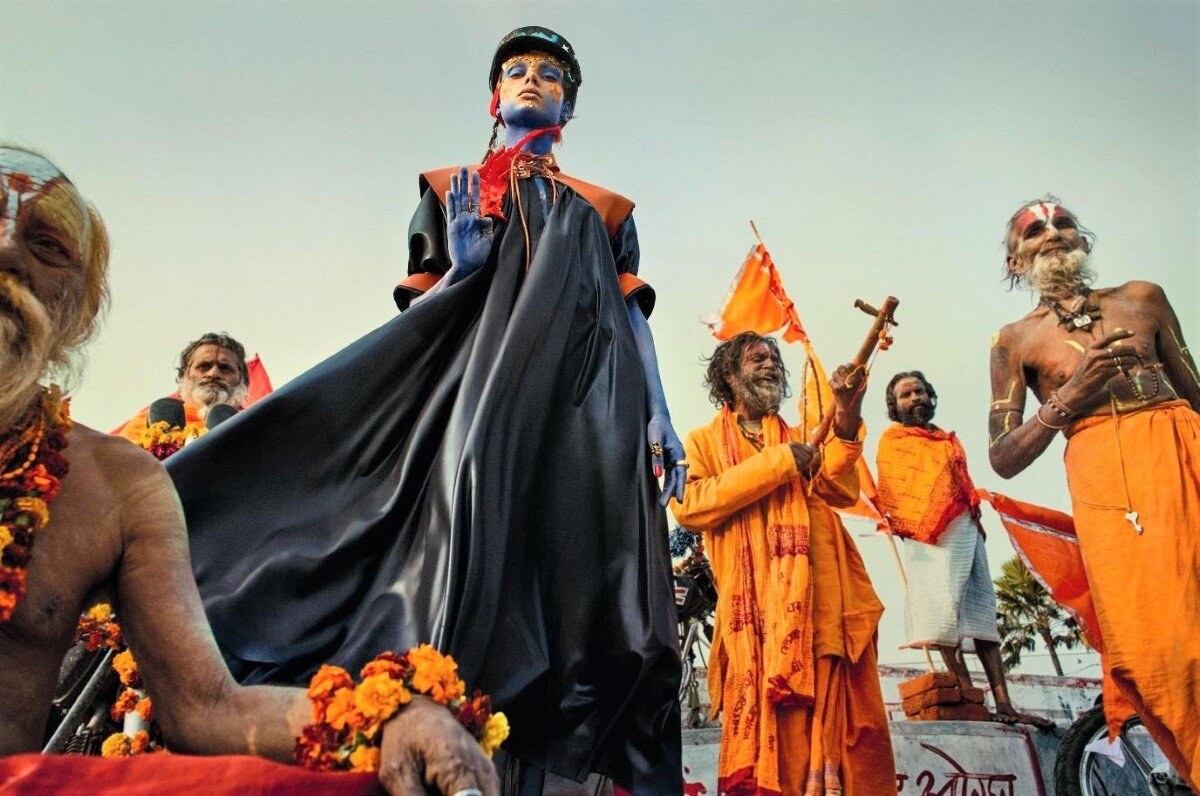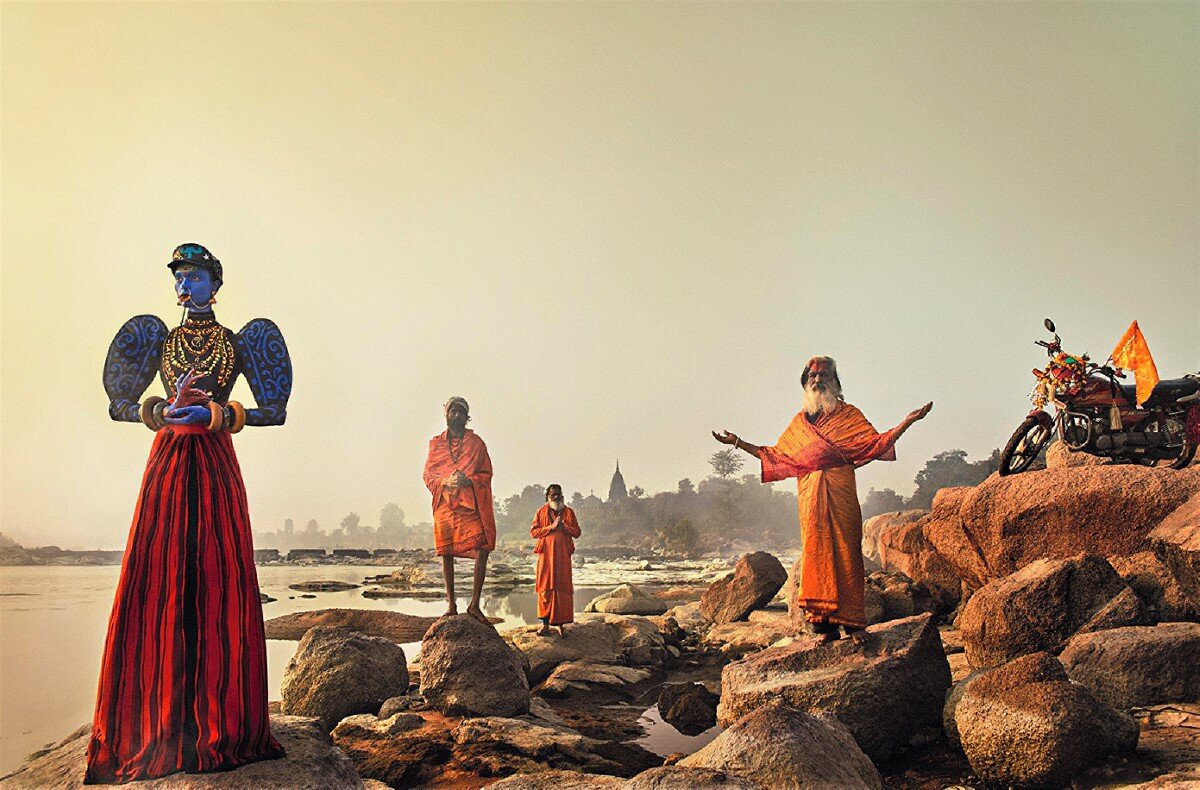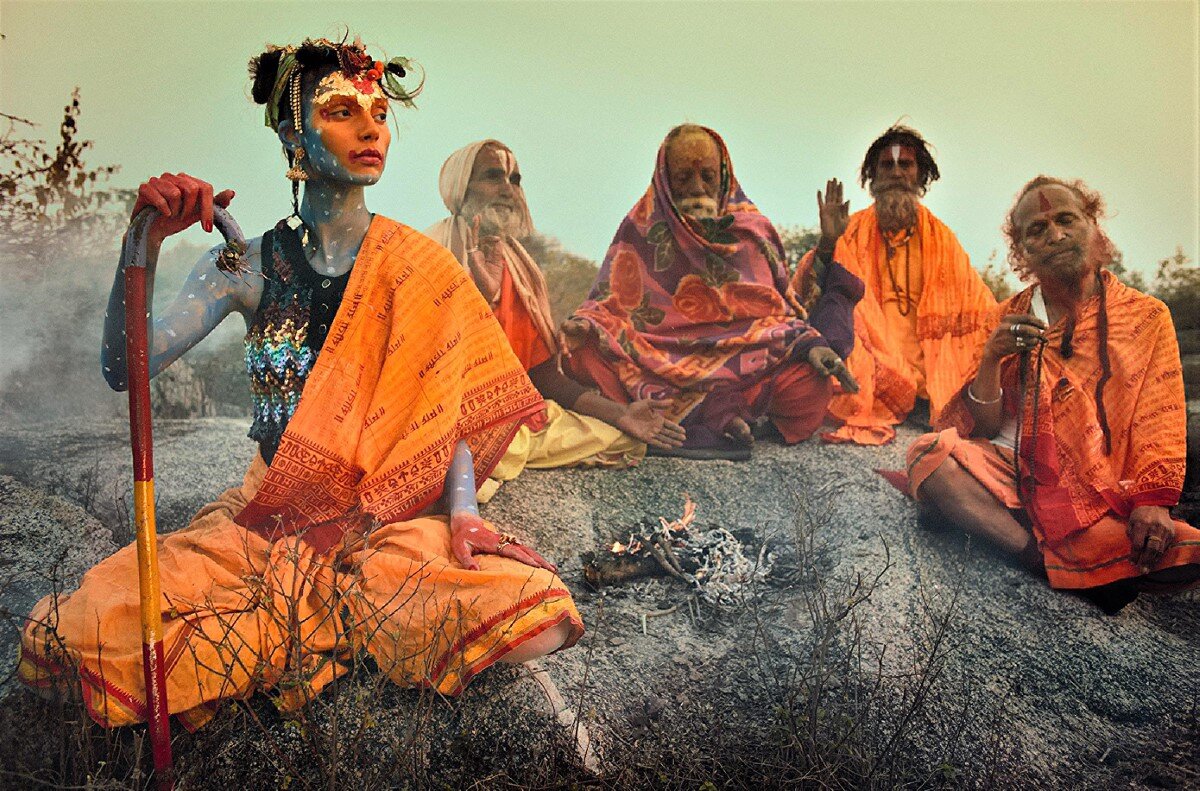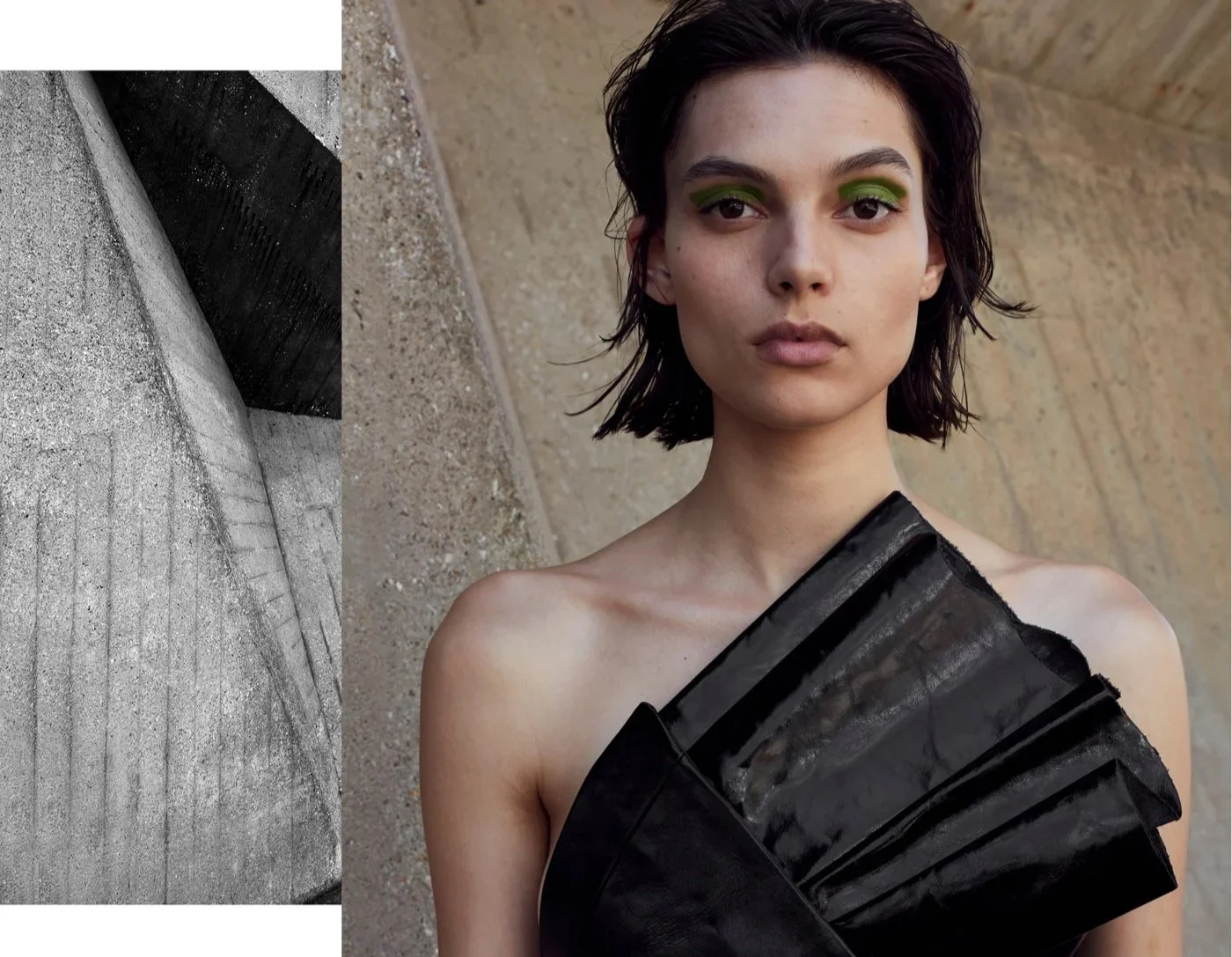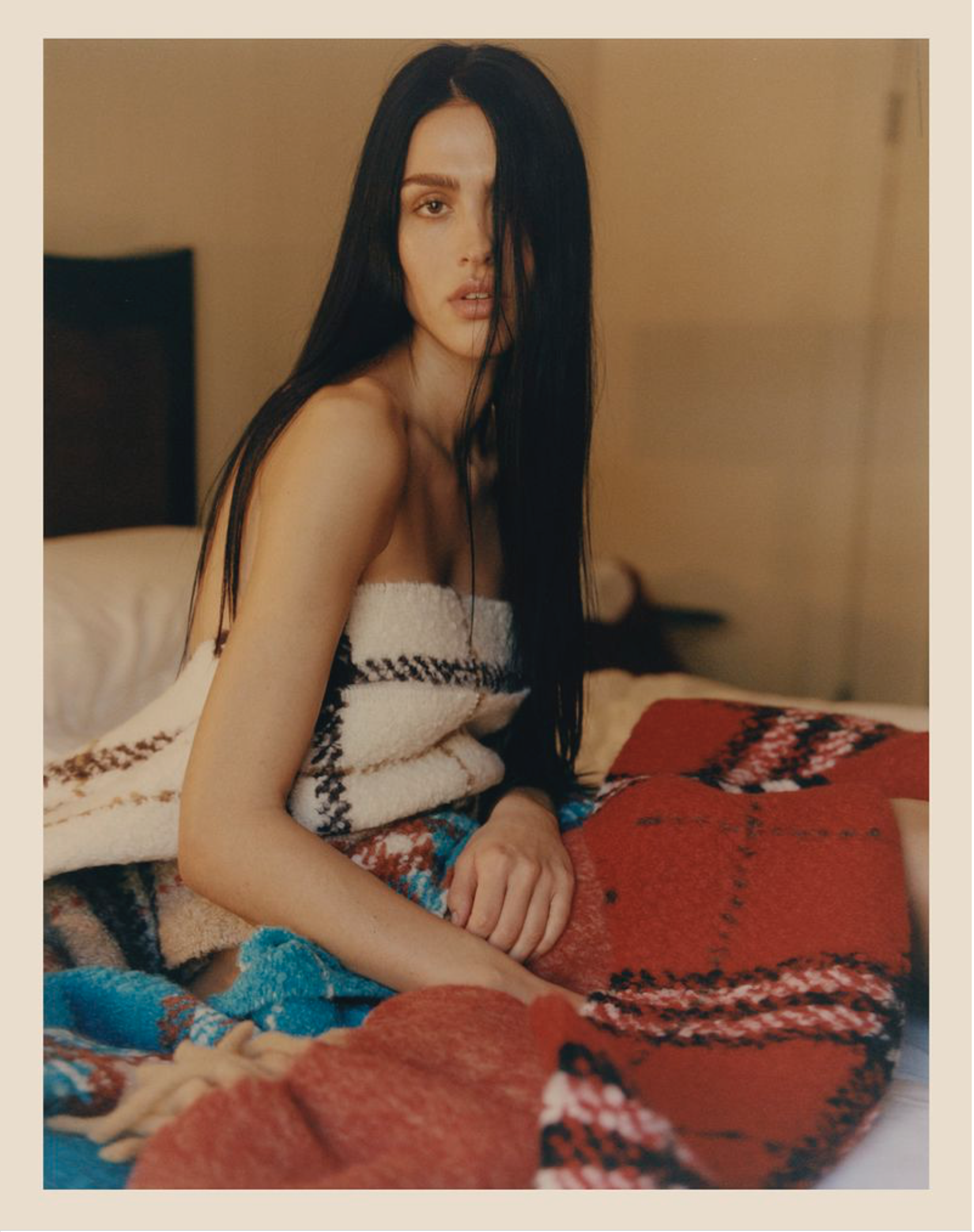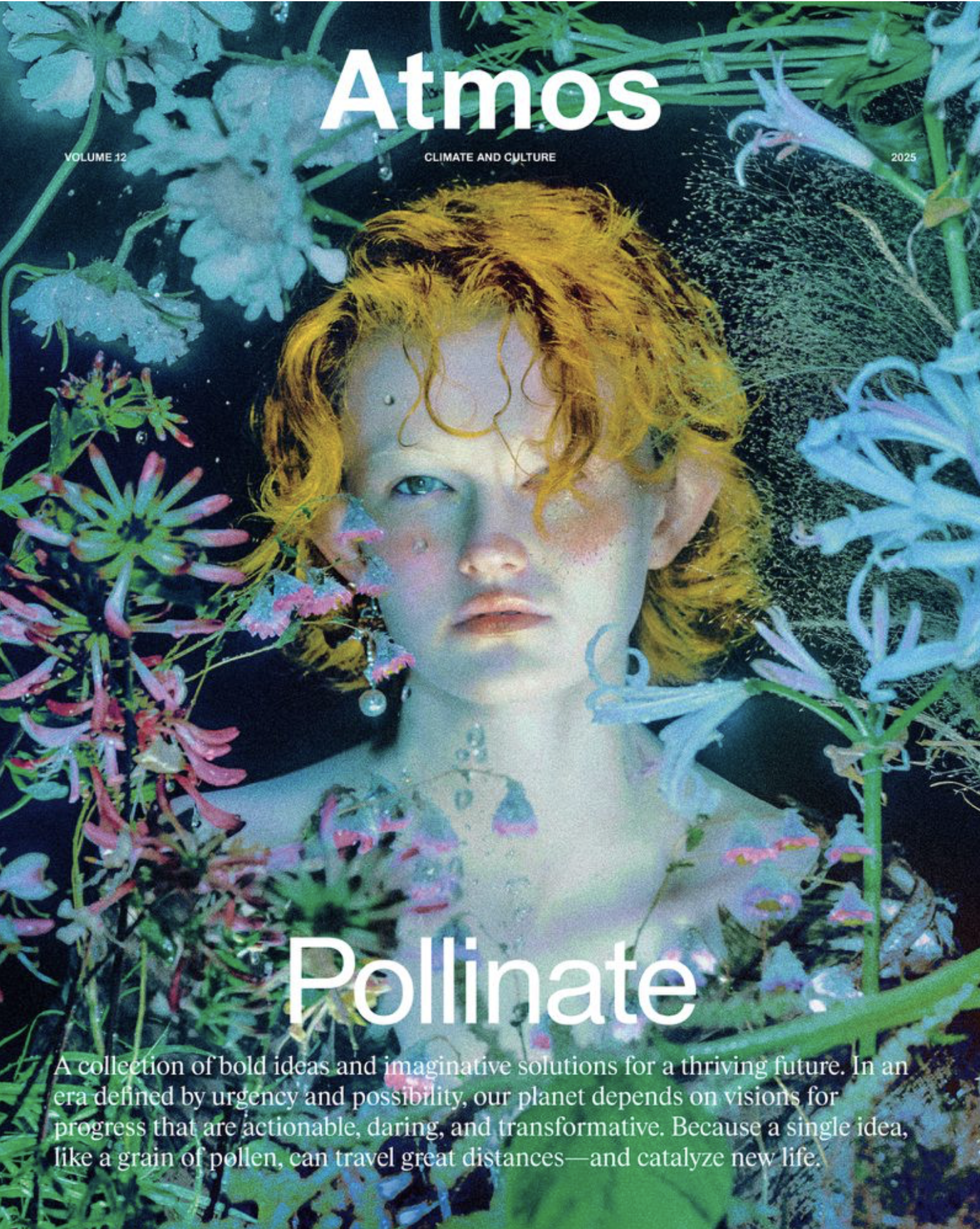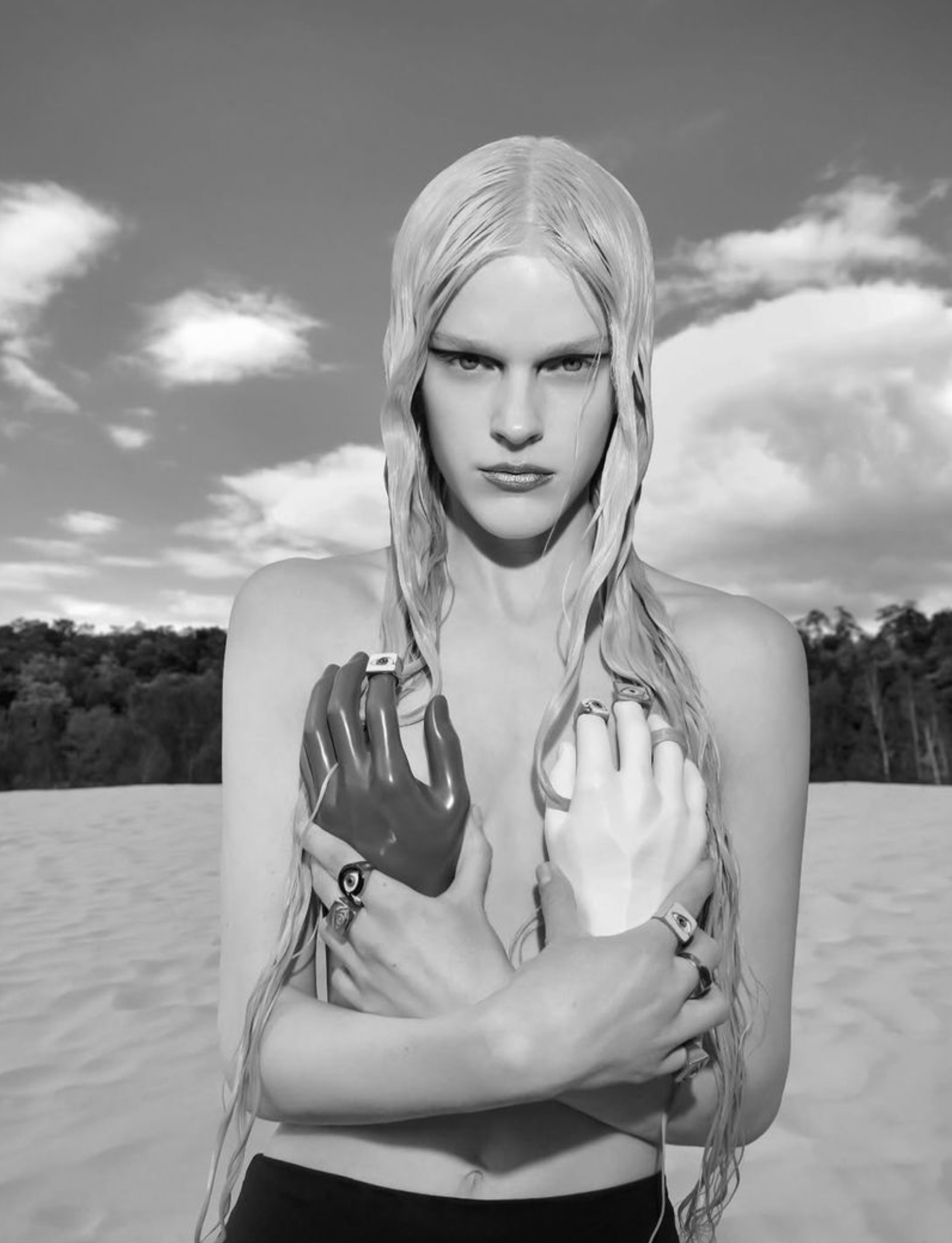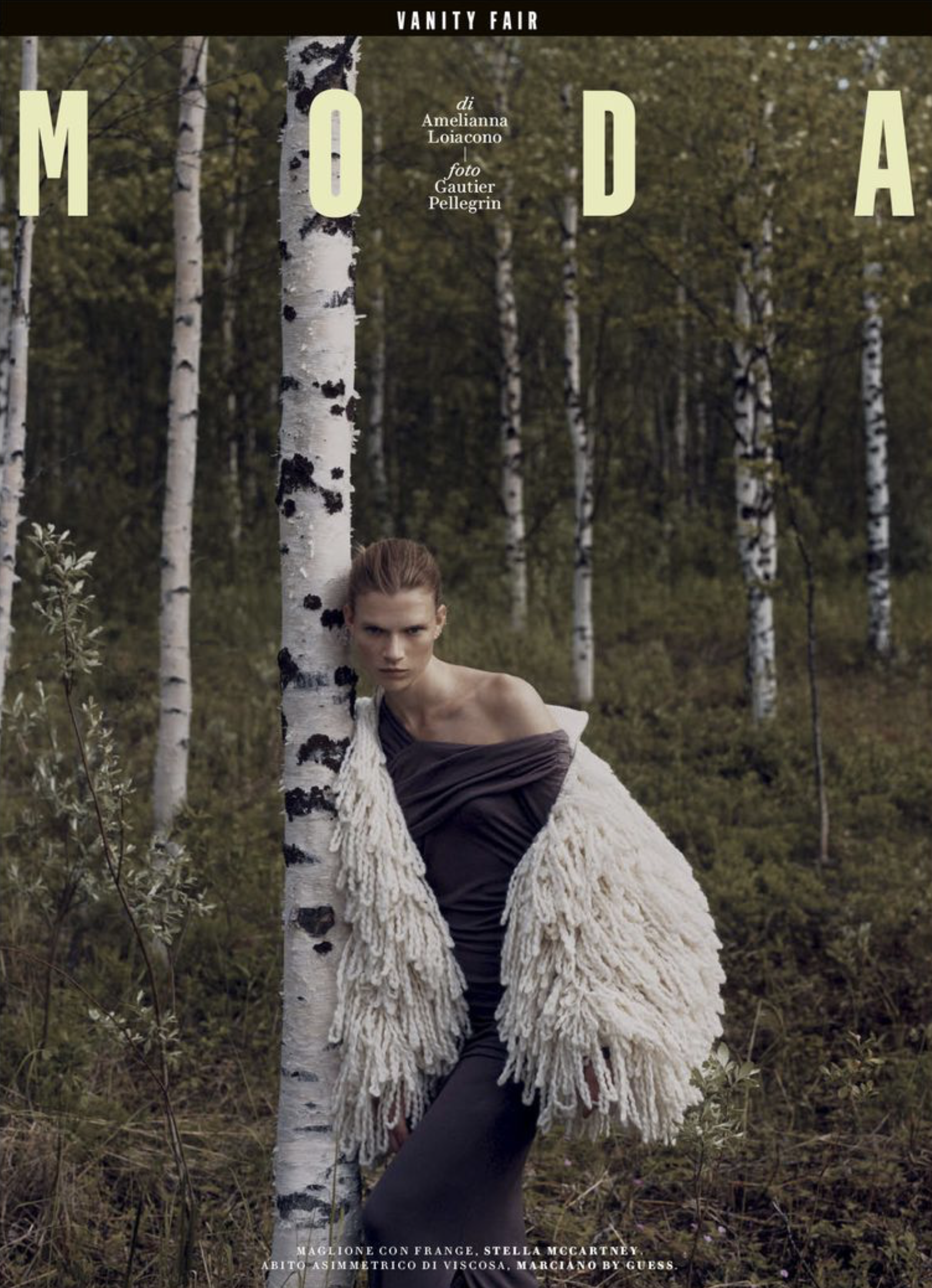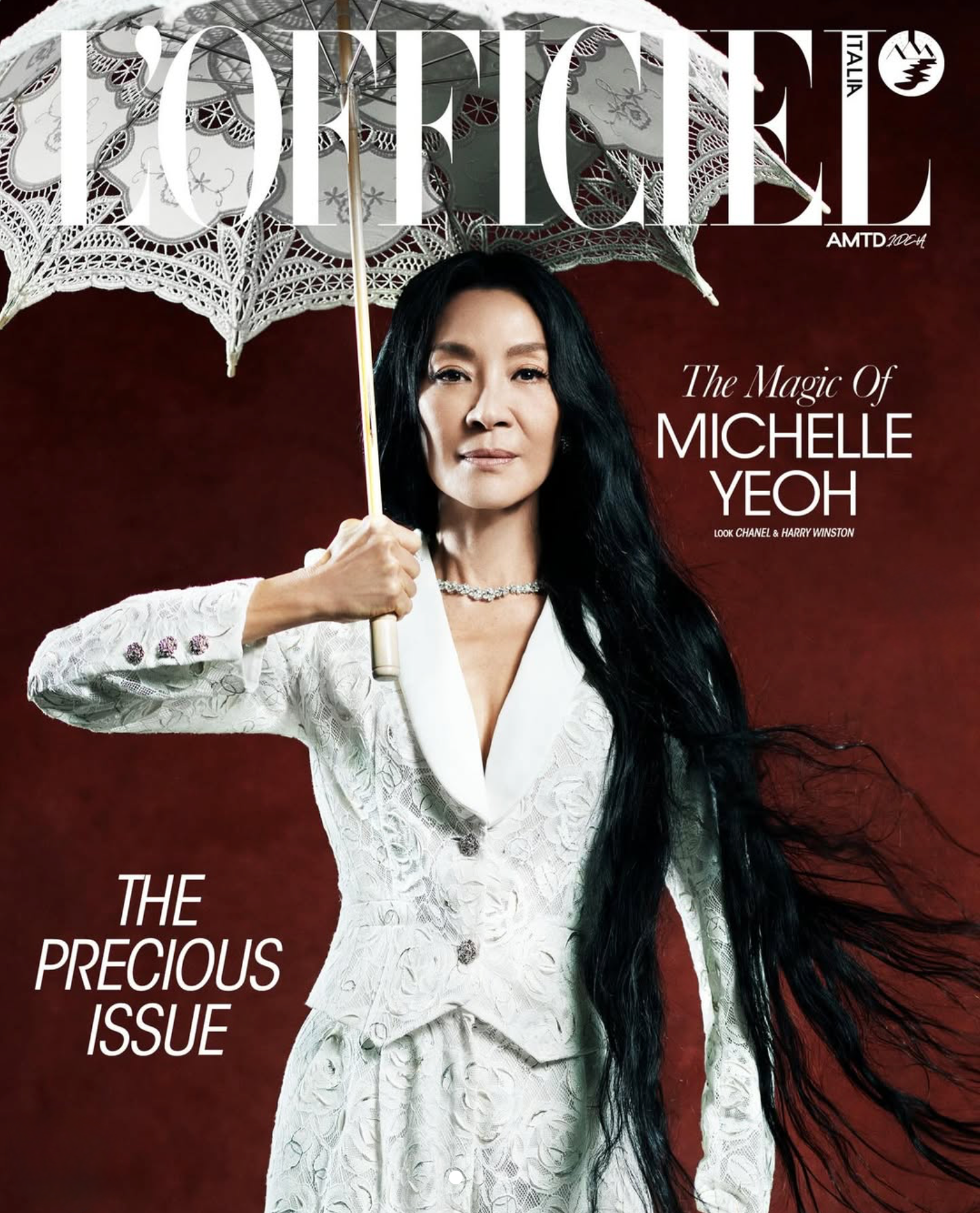Charlee Fraser Probes Road to 'Nirvana' by Txema Yeste for Numéro France #122 April 2020
/Top model Charlee Fraser — who is having a terrific fashion season — is styled by Bernat Buscato in ‘Nirvana’. The vivid imagery by Txema Yeste makes a splendid impression and a feast for the eyes in Numéro #122 April 2020. / Hair by Jordi Fontanals; makeup by Victor Alvarez
Hinduism is rich in symbolism and the color blue — especially in one’s skin— is a symbol of the infinite and immeasurable. Many gods in India are shown as blue-skinned. They include Shiva, Krishna, Rama and more. They are referenced as blue gods because they have attained a blue aura.
I’m not keen on commenting on fashion editorials without having been part of the convo around their creation. I’ve actually had some real run-ins with men in India’s Hindu community over fashion editorials they consider to be blasphemous. These total right-wing nationalists love Donald Trump, so that’s telling you everything you need to know. Women have no real relevance in their world view, and they burned effigies of Hillary Clinton during the 2016 presidential campaign.
So, I will step out here because 1) it IS a Numéro editorial and 2) neither Txema Yeste or Charlee Fraser are intellectual lightweights in my limited knowledge of them. Even in contemporary Holi festivals in India today, the #MeToo movement is trying to change the liberated way that men touch women in the country. A decade ago, India created women only trains, so that women could travel safely in the country. And many believers of Hinduism say that until a female is reborn as a man, she cannot achieve nirvana.
Moving out on an intellectual limb here, intuitively I believe the editorial is referencing Swami Chinmayanada Saraswati, who was a great supporter of women and people of color. Born to an Indigenous Australian mother who hails from the Awabakal people of the midnorth coast of New South Wales and an Australian father, Charlee Fraser is one of a growing number of Aboriginal and Torres Strait Islander models.
Swami Chinmayanada argued for the inclusion of women and people of color in studies at ashrams in India in the mid-1950s. Here’s a 2016 Facebook post from Chinmmaya Mission Chennai talking about the historical place of women in Hinduism. If you accept the concept of patriarchy, then you believe that most religious laws and practices have been rewritten over centuries to justify and explain in religious terms the inferiority of women and people of color.
I will invite this FB page to comment on the editorial — including if I am totally off track in my analysis — or they find it offensive to India and or their religious practices. ~ Anne
